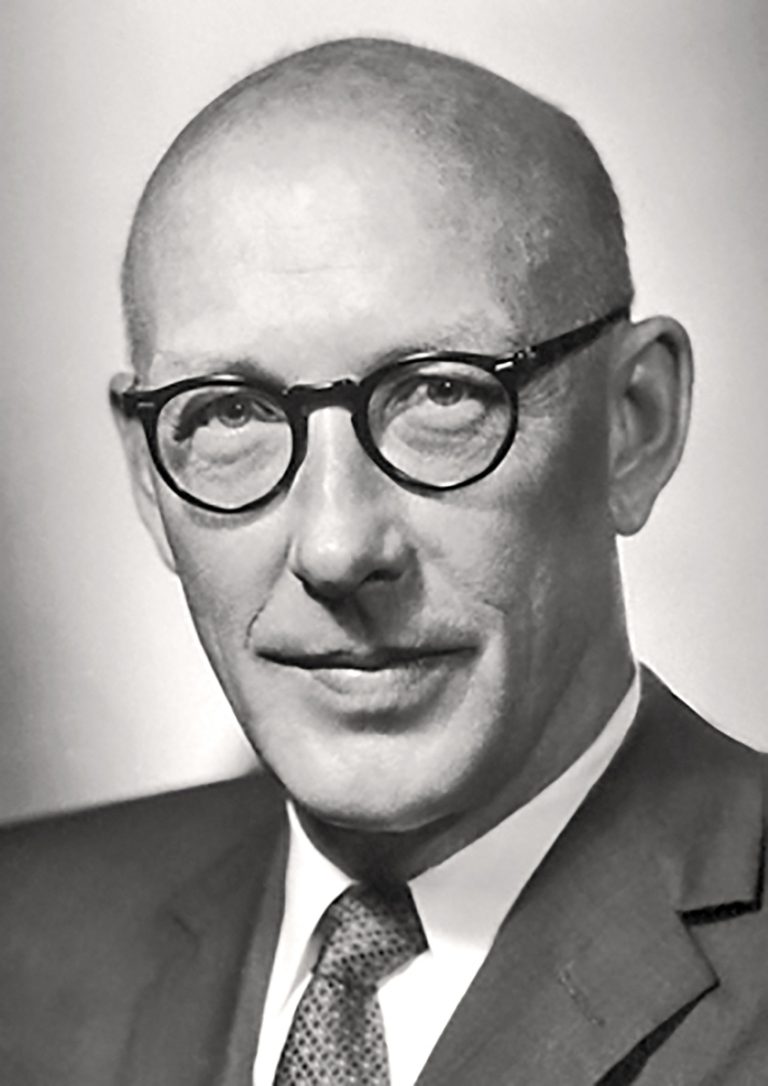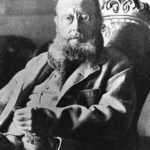Date of Birth: December 14, 1909
Zodiac Sign: Sagittarius
Date of Death: November 5, 1975
Biography
Edward Lawrie Tatum was an American geneticist and biochemist who made significant contributions to our understanding of the genetic basis of metabolism. He was born on December 14, 1909, in Boulder, Colorado. Tatum is best known for his work with George Beadle on the “one gene, one enzyme” hypothesis, which established that genes act through the production of enzymes that in turn affect metabolic pathways. This groundbreaking research earned him a share of the Nobel Prize in Physiology or Medicine in 1958, which he shared with Beadle and Joshua Lederberg. Tatum’s academic career began with a bachelor’s degree from the University of Chicago in 1931. He went on to earn a Ph.D. in biochemistry from the University of Wisconsin-Madison in 1934. Tatum held various academic positions, including a professorship at Stanford University and later at the Rockefeller Institute for Medical Research. His work laid the foundation for modern molecular genetics and had a profound impact on the field of biology.
5 Interesting Facts about Edward Lawrie Tatum
1. Edward Tatum and George Beadle’s work on Neurospora crassa, a type of bread mold, led to the formulation of the “one gene, one enzyme” hypothesis.
2. Tatum’s research helped establish the field of biochemical genetics, which studies the chemical nature of genes and their role in heredity.
3. He was awarded the Nobel Prize in Physiology or Medicine in 1958, which he shared with George Beadle and Joshua Lederberg.
4. Tatum was a professor at Stanford University and later at the Rockefeller Institute for Medical Research.
5. He was elected to the National Academy of Sciences and received numerous other honors for his contributions to science.
5 Most Interesting Quotes from Edward Lawrie Tatum
1. “Our findings suggest that the gene is, in a sense, a blueprint for an enzyme.”
2. “The potentialities of genetic research to reveal fundamental biological processes are virtually unlimited.”
3. “Science progresses best when observations lead to questions rather than answers.”
4. “The interplay between genes and environment is complex and fascinating.”
5. “Every discovery opens up new questions and new possibilities.”
Highest Net Worth Achieved
Tatum’s net worth was modest, typical of a career academic and scientist; exact figures are not readily available but are estimated to be in the low six figures by the time of his death.
Children
Edward Lawrie Tatum had no children.
Relevant Links
1. [Nobel Prize Biography](https://www.nobelprize.org/prizes/medicine/1958/tatum/biographical/
3. [Stanford University Archives](https://archives.stanford.edu/
5. [Genetics Society of America](https://genetics-gsa.org/genetics/genetics-society-of-america/


